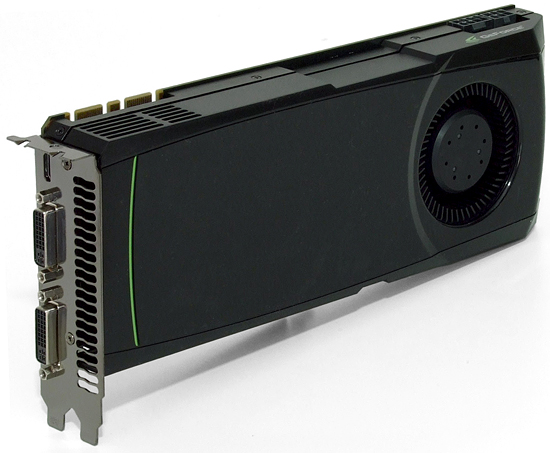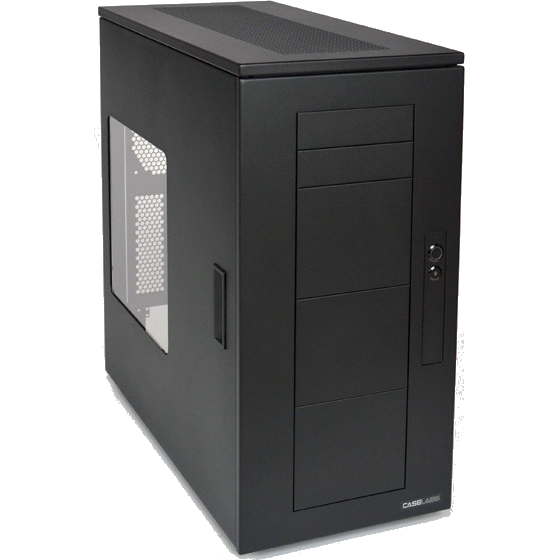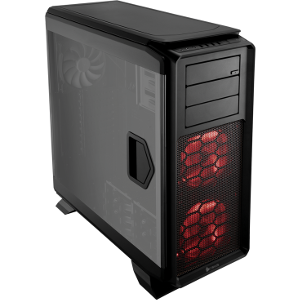Best Of The Best, Part 2: Who Makes The Most Elite PC Case?
Our search continues for the one performance-oriented case with the highest-quality fit, finish, features, and materials. A spate of recent arrivals extend our series out into three parts, so today we see if the second round can top the first.
How We Tested The Elite ATX Cases
Why you can trust Tom's Hardware
| Test System Configuration | |
|---|---|
| CPU | Intel Core i7-3960X (Sandy Bridge-E): 3.30 GHz, Six Cores O/C to 4.25 GHz (34 x 125 MHz) at 1.35 V Core |
| CPU Cooler | Coolink Corator DS 120 mm Tower |
| Motherboard | Asus P9X79 Pro: LGA 2011, Intel X79 Express, Firmware 3501 (03/14/2013) O/C at 125 MHz BCLK |
| RAM | G.Skill F3-17600CL9Q-16GBXLD 16 GB (4 x 4 GB) DDR3-2200 Benchmarked at DDR3-1666 CAS 9 defaults |
| Graphics | Nvidia GeForce GTX 580: 772 MHz GPU, GDDR5-4008 Maximum Fan for Thermal Tests, SLI |
| Hard Drives | Samsung 840 Series MZ-7PD256, 256 GB SSD |
| Sound | Integrated HD Audio |
| Network | Integrated Gigabit Networking |
| Power | Seasonic X760 SS-760KM ATX12V v2.3, EPS12V, 80 PLUS Gold |
| Software | |
| OS | Microsoft Windows 8 Pro x64 |
| Graphics | Nvidia GeForce 314.22 |
| Chipset | Intel INF 9.2.3.1020 |
We’ve retained the same hardware through several generations of case testing, allowing you to compare the thermal results from several round-ups. Case technology doesn’t change much, and neither does the heating capabilities of an overclocked Sandy Bridge-E processor.
We’re counting on that overclocked hexa-core CPU to flood each case with heat, and Coolink’s Corator DS is being used to similarly saturate the enclosures with noise as it transfers thermal energy away from the processor.
Nvidia’s GeForce GTX 580 is a great noise maker in its own right, its blower-style cooler spinning at a few thousand RPM at full speed. This reference card idles down to 40%, and we use full and idle speed settings for our load and idle tests.
| Benchmark Configuration | |
|---|---|
| Prime95 v25.8 | 64-bit executable, Small FFTs, 11 threads |
| 3DMark 11 | Version: 1.0.3.0, Extreme Preset: Graphics Test 1, Looped |
| Real Temp 3.40 | Average of maximum core readings at full CPU load |
| Galaxy CM-140 SPL Meter | Tested at 1/2 m, corrected to 1 m (-6 dB), dB(A) weighting |
Current page: How We Tested The Elite ATX Cases
Prev Page Building With The Urban T81 Next Page Heat, Noise and Heat Vs. NoiseGet Tom's Hardware's best news and in-depth reviews, straight to your inbox.
-
Crashman Reply
You know the original Level 10 was probably "more elite"13773314 said:Answer (YMMV): Thermaltake Level 10 GT.
http://www.tomshardware.com/reviews/level-10-fortress-2,2594-5.html
-
vertexx Hope the Phanteks Enthoo Primo is part of the final - will we have to wait another 2 months for that?Reply -
ykki I wish that they would use the new powercolor devil 13 290x (their version of the 295X2) for their testsReply -
amk-aka-Phantom Who makes the most elite cases? Corsair and NZXT, no need for investigation :) Still, a nice roundup.Reply -
Drejeck There are some cases CNC made, you should talk about this indipendent manufacturers. On SweClockers I saw the best mini ITX computer ever made, with 2 ssds, 2 fans, a picopsu and a discrete graphic card with riser card.Reply -
Neve12ende12 I don't know much about cases, but I have an Azza Hurrican 2000 and I think it is pretty badassReply





